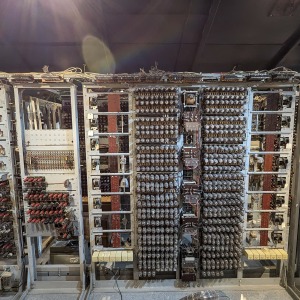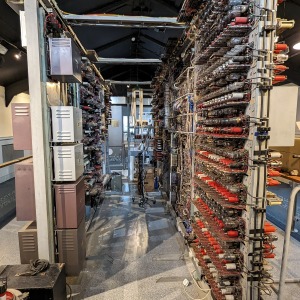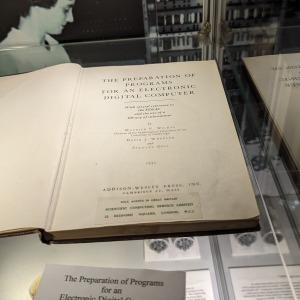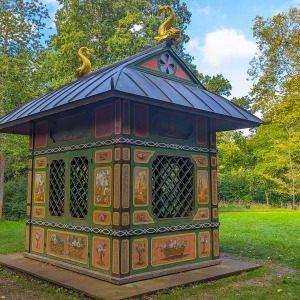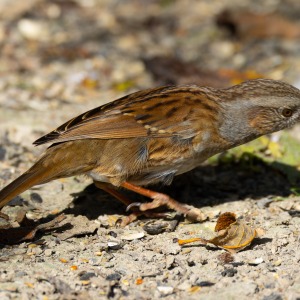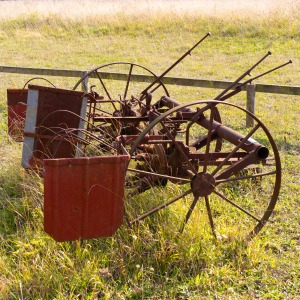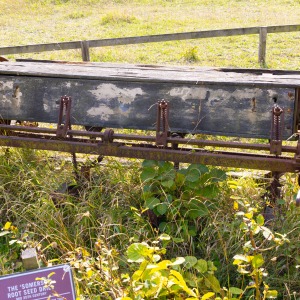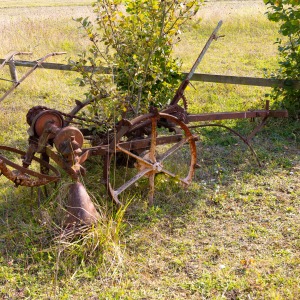2nd April 2024
Our day out started under clearish skies, offering respite from the persistent rain. Our primary objective was to Briants Of Risborough Ltd, where Steve sought a replacement chain for his chainsaw. While the process initially proved intricate, he eventually acquired a 16-inch chain, fitting the required length. However, on trying to install it, it became evident that the chainsaw’s slot size, at 1.6mm, was incompatible. Consequently, Steve returned on Thursday to exchange it for a chain for a 1.3mm slot, only to discover that the pitch size also needed consideration. With Rosemary’s assistance in identifying the model, the correct chain was eventually procured. The juxtaposition of metric and imperial measurements throughout the ordeal struck an odd note. Nonetheless, the day concluded on a positive note as the chainsaw was eventually fitted with the correct chain.
On this first outing, our journey led us to Hughenden Manor, where upon arrival, we parked and strolled towards the house. Being half term, the grounds were abuzz with children engaged in Easter activities. The pathway was adorned with themed drawings from the local schools.
Inside the house, we found a degree of quiet, allowing us to explore the rooms in relative tranquillity. Each room was adorned with informative displays, shedding light on both the architecture and the lives of its former inhabitants. Of particular intrigue were the tales of romantic entanglements amongst the aristocracy, notably the affair involving Count D’Orsay and Lord and Lady Blessington, and their daughter.
Hughenden Manor holds historical significance as a key hub for mapping bomber flights to Germany during World War II, a fact we were reminded of from a past visit dating back to 2015.
Warning – Bird Mugging
Following our tour and obligatory perusal of the second-hand bookshop, we retreated to the garden for a leisurely lunch sitting on a garden bench in the warm sunshine. As we indulged in our Ginsters Cornish Pasties, a sudden interruption occurred when a Red Kite swooped from behind and between Rosemary and me, snatching my pasty mid-bite and leaving the remnants scattered on the ground, with no intention of returning to tidy up the mess. Superb flying skills, but no manners.
After our unexpected avian encounter, we meandered through the gardens before making our way back to the car park to bid farewell to Hughenden Manor, and conclude our day’s excursion.



































